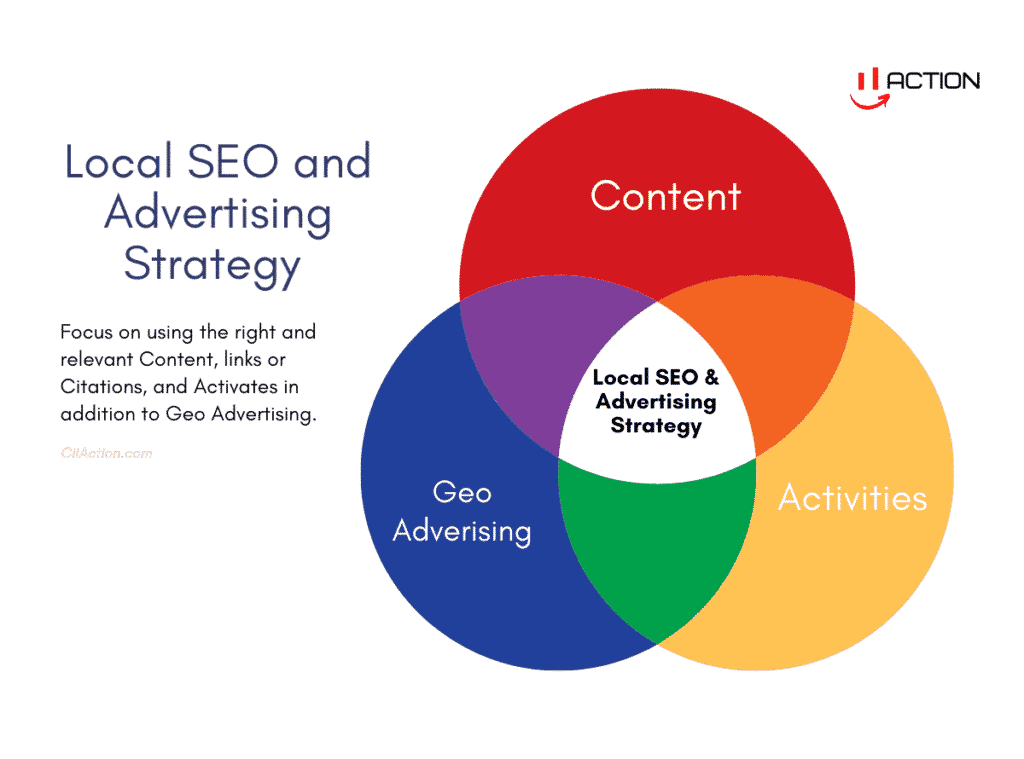How Effective Web Design Can Improve Your SEO Method and Improve Individual Experience
The intersection of effective internet style and search engine optimization is an essential area for any service seeking to improve its on the internet existence. An instinctive layout not only boosts customer experience however also substantially affects SEO performance by decreasing bounce rates and boosting involvement metrics.
Value of Web Design for Search Engine Optimization
Effective web layout is frequently undervalued in its influence on search engine optimization (SEO) These elements add to decrease bounce rates and higher customer engagement, which are vital metrics for Search engine optimization success. seo agency.
Moreover, web style aspects such as clean code, enhanced photos, and appropriate usage of HTML tags substantially influence a site's crawlability. Online search engine count on organized information to recognize website content and context, making it vital for web developers to carry out ideal techniques. In addition, the assimilation of SEO techniques within the style phase, such as including key phrases in titles, meta summaries, and alt message for pictures, can boost presence in search outcomes.
Inevitably, focusing on effective web style not just ensures a seamless user experience but also establishes a solid structure for search engine optimization initiatives, bring about increased organic traffic and enhanced rankings. Hence, businesses need to identify the inherent link in between web design and search engine optimization to achieve online success.
Key Design Elements for Customer Experience
Individual experience (UX) serves as a foundation for successful internet style, influencing just how site visitors engage with a site and regard its worth. To optimize UX, several vital style elements have to be focused on.
First of all, instinctive navigating is important; a well-structured food selection and clear pathways allow customers to find details promptly, minimizing stress. Second of all, aesthetic pecking order plays a vital function, guiding customers' interest to essential aspects through positioning, color, and dimension. This facilitates quicker decision-making and boosts overall engagement.
Moreover, a constant layout theme enhances knowledge and trust, as individuals really feel a lot more comfy browsing a site that visually aligns throughout its pages. Effective use white area likewise can not be ignored; it stops mess, enabling crucial material to attract attention and making the website extra absorbable.
In addition, high-grade photos and graphics are essential, as they not just catch interest however also convey professionalism and trust. Finally, quick tons times are non-negotiable; delays can cause higher bounce rates and decreased user fulfillment. By concentrating on these essential design components, organizations can significantly improve their individual experience, fostering positive interactions that urge return sees and conversions.
Mobile Responsiveness and Search Engine Optimization Effect
As website design significantly focuses on user experience, the significance of mobile responsiveness can not be overstated. With a substantial part of web website traffic stemming from smart phones, a receptive style guarantees that websites are functional and obtainable throughout various display sizes. This adaptability not just improves user satisfaction yet likewise plays a vital role in seo (SEO)

Including mobile responsiveness right into website design additionally cultivates better filling times, which is a vital consider both user experience and SEO positions. Slow-loading web pages hinder customers, causing greater abandonment rates and negatively influencing search presence. Inevitably, focusing on mobile responsiveness not only improves user engagement but likewise strengthens a site's SEO strategy, creating a more affordable on the internet existence.
Site Framework and Navigating Finest Practices
A well-organized website framework and intuitive navigation are vital components of effective internet design. They not just improve user experience yet likewise play an important function in search engine optimization (SEARCH ENGINE OPTIMIZATION) A clear pecking order permits customers and internet search engine to comprehend the relationships in between different pages, enhancing the overall use of the site.
To achieve optimum site framework, carry out a logical power structure that classifies content right into primary topics and subtopics. Usage detailed and keyword-rich Links, as they supply look here context and enhance search visibility. In addition, make sure that important web pages are quickly accessible within three clicks from the homepage. This reduces bounce rates and keeps customers involved.

Gauging the Success of Website Design
Determining the success of internet layout entails reviewing various metrics that reflect individual interaction and general website efficiency. Trick performance indicators (KPIs) such as bounce rate, average session period, and web pages per session give understanding right into exactly how individuals engage with the site. A high bounce rate may indicate that users are not finding the web content pertinent or appealing, triggering a requirement for design or content revisions.
Additionally, conversion rates are crucial for evaluating the effectiveness of website design. A rise in conversions, whether with type submissions, product purchases, or newsletter sign-ups, often associates with user-friendly design and user-centered capabilities. Tools like Google Analytics can offer thorough records on these metrics, allowing developers important site to identify trends and areas for improvement.
Ultimately, a combination of measurable data and qualitative responses develops a thorough picture of web layout success, ensuring that it lines up with both Search engine optimization purposes and user expectations. By constantly gauging these factors, companies can fine-tune their internet layout techniques to enhance individual experience and drive purposeful involvement.
Conclusion

As internet design significantly prioritizes user experience, the relevance of mobile responsiveness can not be overstated.Incorporating mobile responsiveness right into web layout likewise fosters better loading times, which is a vital aspect in both user experience and Search engine optimization rankings. Ultimately, a mix of quantitative data and qualitative responses establishes a comprehensive image of web layout success, making sure that it straightens with both Search engine optimization objectives and customer assumptions. By continually measuring these factors, services can refine their internet design methods to enhance user experience and drive purposeful engagement.
In verdict, effective internet design dramatically improves SEO approaches and individual experience.